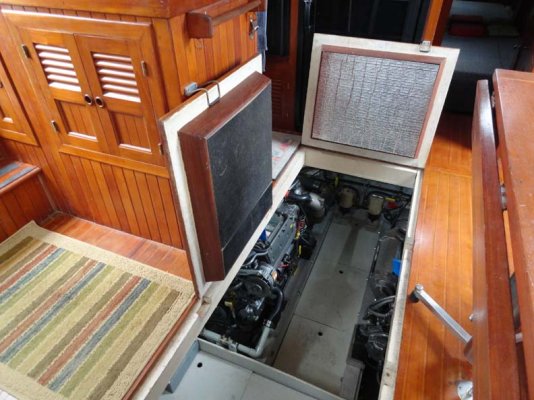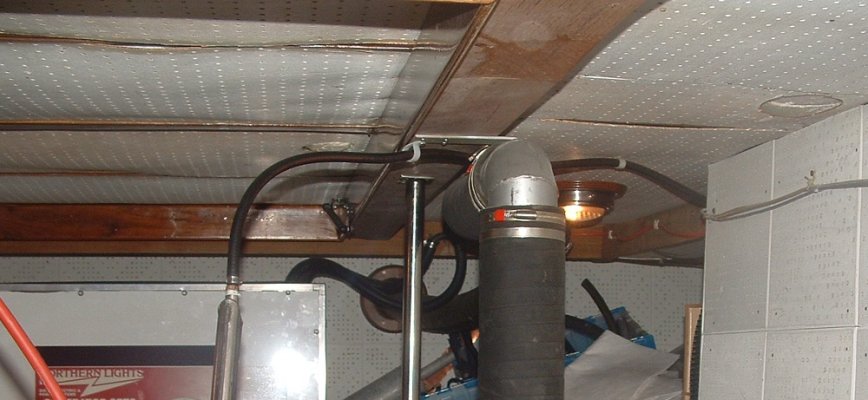Just went back to the original post....
Rduval, is this the first big boat you have owned and have spent some time operating from inside a cabin?
Not to be insulting and the boat could certainly be an issue...but you are sounding like you know more and trust more from magazines (got plenty of boating friends that sound the same) than from many of us with thousands of actual cruising miles.
many of our boats are loud and may feel less than perfect at higher Lehman RPMs (say 1900 and above)...many cruise at 1600-1800 or so and say the noise and motion are pleasant but certainly far from gone.
If you are deadest on an aqua drive...go for it...not nearly as many out there for a reason...they do what they say they do but for most just not worth the complication and expense because a properly tuned, properly aligned engine and drive train, and reasonably well done sound proofed engine room is not bad at all....
No insult taken.
I have had many vessels both sail and power, big and small. But this is our first diesel trawler, and our first of any kind where the lower helm and salon are, literally, right on top of the engines.
If the vibration was only at idle and possibly one or two specific rpm, we could easily live with that. Problem is, there are only one or two rpm's that it isn't intolerable.
Sound proofing can only do so much in our case for 2 reasons;
1) the salon floor is 3" thick and already insulated and the coolant tank already sits in a hole with 1" clearance and I'm quite sure removing the rocker covers to adjust the valves or service the injectors will require uncoupling the shafts and dropping the engines off the front mounts. (That or removing the Galley!)
2) Perhaps worst of all is that most of the noise comes from sympathetic vibration of the bulkheads, the fridge, the stove, cabin doors, etc.
So it's not so much about sound reduction from the engines as isolating the vessel from the engines to prevent the sympathetic vibration.
That's why I'm leaning towards soft mounts and, form what I've gathered so far, soft mounts seem to require a flex joint of some sort.
So that's where I sit. Clearly unclear and undecided about the best course of action.




